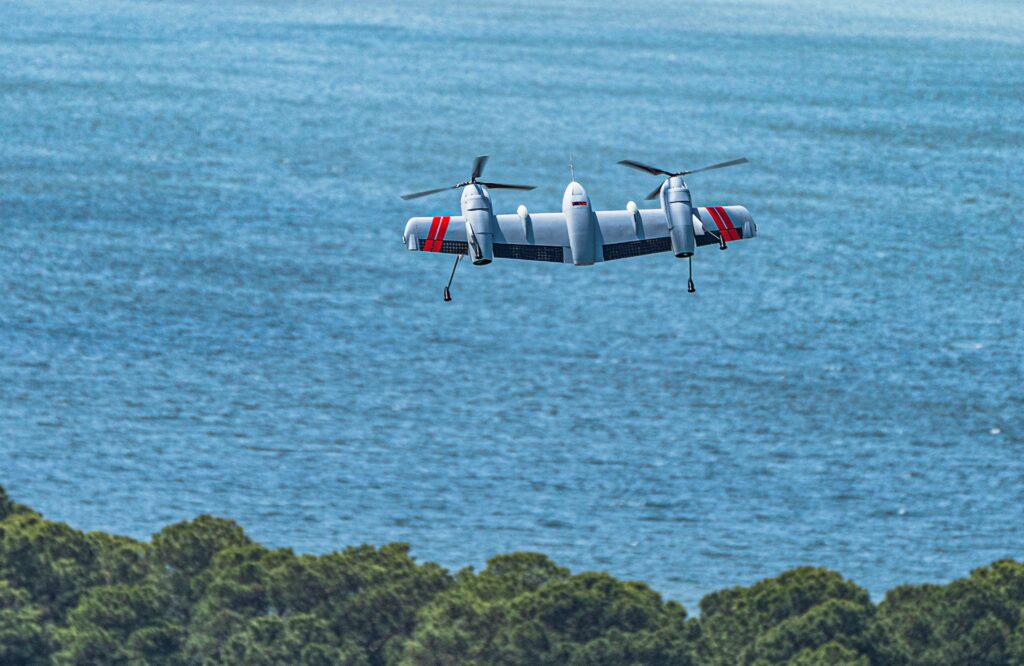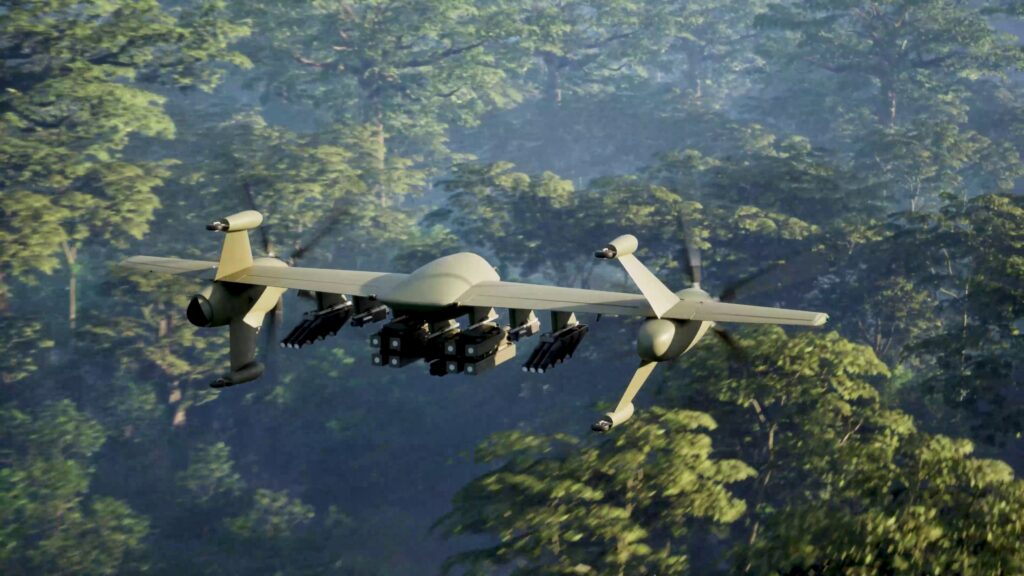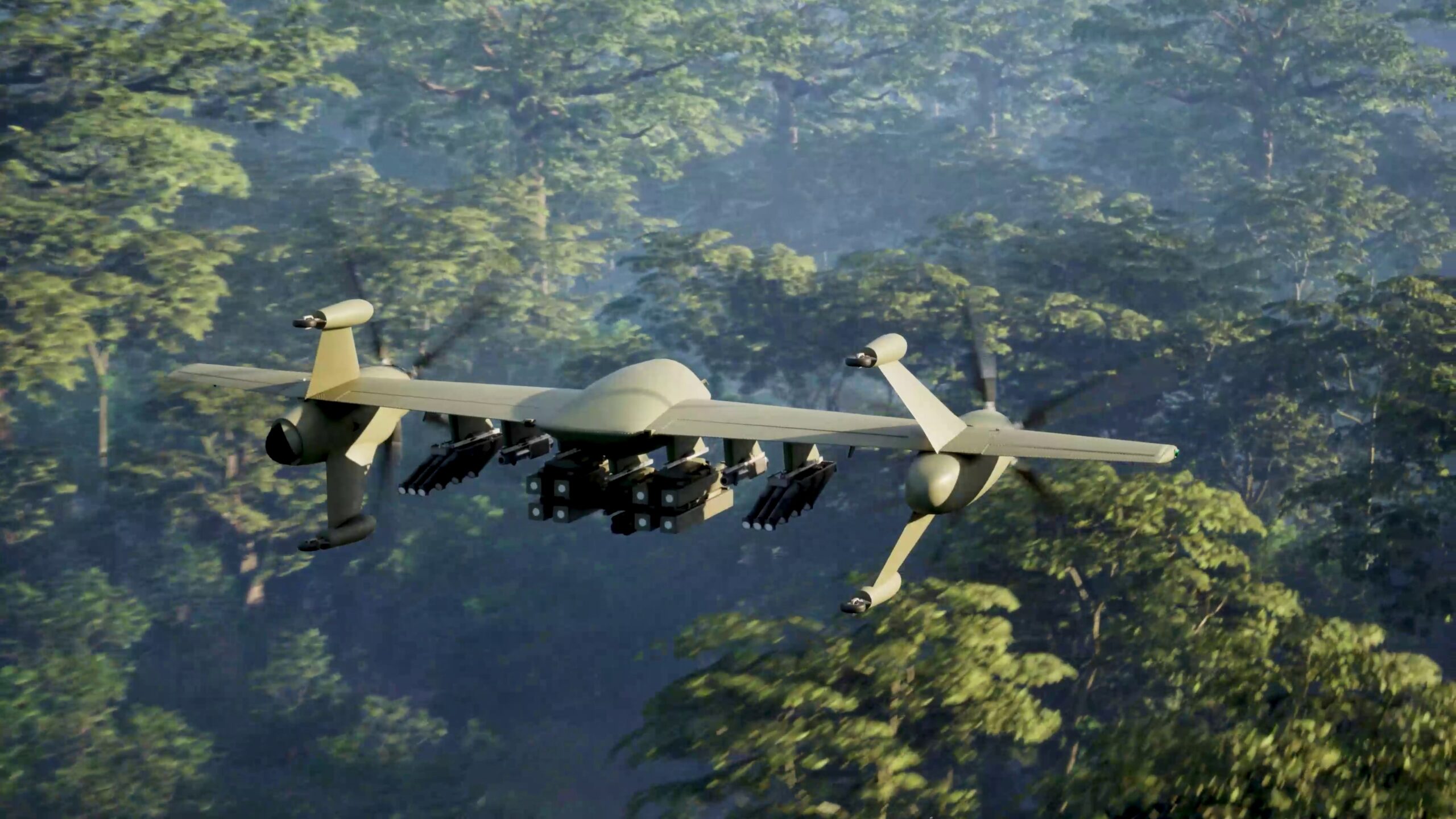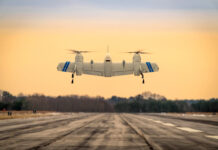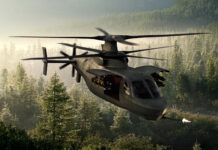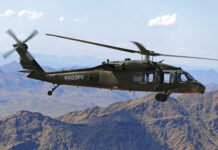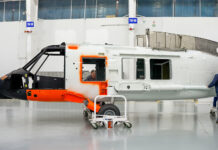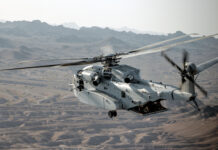Sikorsky unveils Nomad family of ‘rotor blown wing’ VTOL UAVs
Peter Felstead
Having successfully flown a ‘rotor blown wing’ unmanned aerial vehicle (UAV) in both helicopter and fixed-wing aircraft modes in January 2025, Lockheed Martin’s Sikorsky business unveiled its Nomad future family of vertical take-off and landing (VTOL) UAVs on 6 October 2025.
The twin prop-rotor Nomad design allows it to take off, hover and land vertically while also affording the ability to cruise like a fixed-wing aircraft, giving it greater speed and range.
Crucially, however, the Nomad design can be scaled from a Group 3 unmanned aerial system (UAS) (56 to 1,320 lb/25-599 kg) to a Group 4/5 UAS (1,320+ lb/599+ kg). While smaller Nomad UAVs can be powered by fuel-efficient hybrid-electric drivetrains, larger variants would use a conventional drivetrain.

Nomad UAVs are operated via Sikorsky’s Matrix autonomy technology and predominantly use hybrid-electric propulsion, while larger variants will feature a conventional drivetrain.
“We use the term ‘family’ to point to a key attribute of the design: its ability to be scaled in size from a small Group 3 UAS to the footprint equivalent of a Black Hawk helicopter,” Rich Benton, Sikorsky vice president and general manager, explained in a company press release. “The resulting Nomad family of drones will be adaptable, go-anywhere, runway-independent aircraft capable of land and sea-based missions across defence, national security, forestry and civilian organisations. Nomads are a force multiplier, complementing the missions of aircraft such as the Black Hawk to retain the strategic advantage in the Indo-Pacific and across broader regions.”
“Nomad represents new breakthroughs for Sikorsky and the next generation of autonomous, long-endurance drones,” added Dan Shidler, director of Advanced Programs at Sikorsky. “We are acting on feedback from the Pentagon, adopting a rapid approach and creating a family of drones that can take off and land virtually anywhere and execute the mission – all autonomously and in the hands of soldiers, marines, sailors and airmen.”
